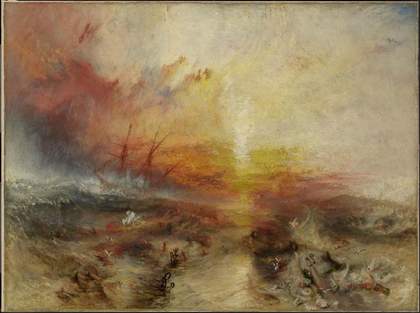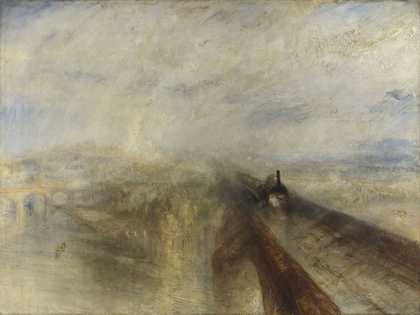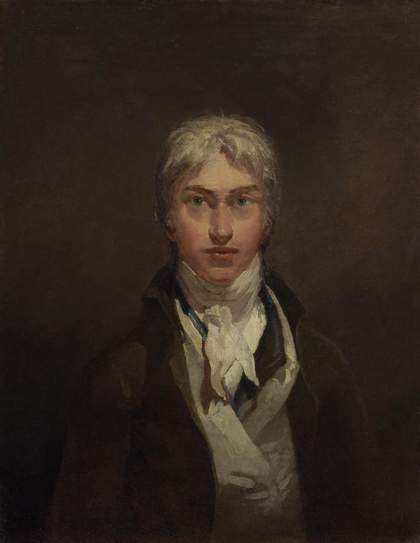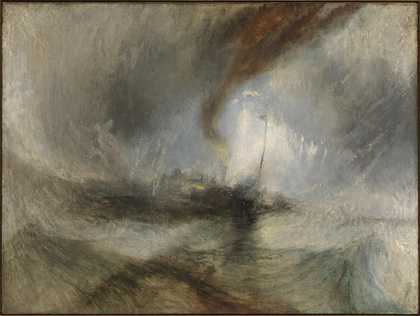
J.M.W. Turner
Slave Ship (Slavers Throwing Overboard the Dead and Dying, Typhoon Coming On) 1840
Oil paint on canvas
Photo © Museum of Fine Arts, Boston
When I first saw J.M.W.Turner’s Slave Ship, I stood in front of it for a long time. It was on display at the Museum of Fine Arts in Boston, and I think the security guards were worried about why I wasn’t moving on, but I had read so much about it during research for my play Rockets and Blue Lights and I was excited to see it in person.
When I look at this painting, my mind flips between its incredible beauty and the reality of what it’s depicting. A horrific event is happening under the water: people are dying; they’re being eaten by sharks; hands (all, unmistakably, Black) are reaching out for something.
Many people think this painting is about the Zong massacre, which took place when Turner was a child, but there’s another reading that says it’s a portrayal of a similar event that took place after slavery had been abolished in the UK, when people were still trading illegally. If so, it would suggest that abolition didn’t end the slave trade. This, for me, was a very resonant idea. When I wrote Rockets and Blue Lights, I started off by looking at whether it’s true that we still live with the legacy of enslavement, and this reading of Turner’s painting informed the way that I wrote my play.
Slave Ship isn’t like the statue of Edward Colston in Bristol, which was erected in order for people to venerate a man who gained his wealth through the slave trade. Turner’s work asks you to think, and to take action – something the Black Lives Matter movement has suggested people have not been doing. Now, more than ever, it’s important that people see this painting, and think about what it is saying.
Winsome Pinnock is an award-winning playwright and academic.



